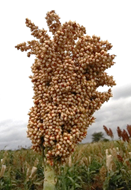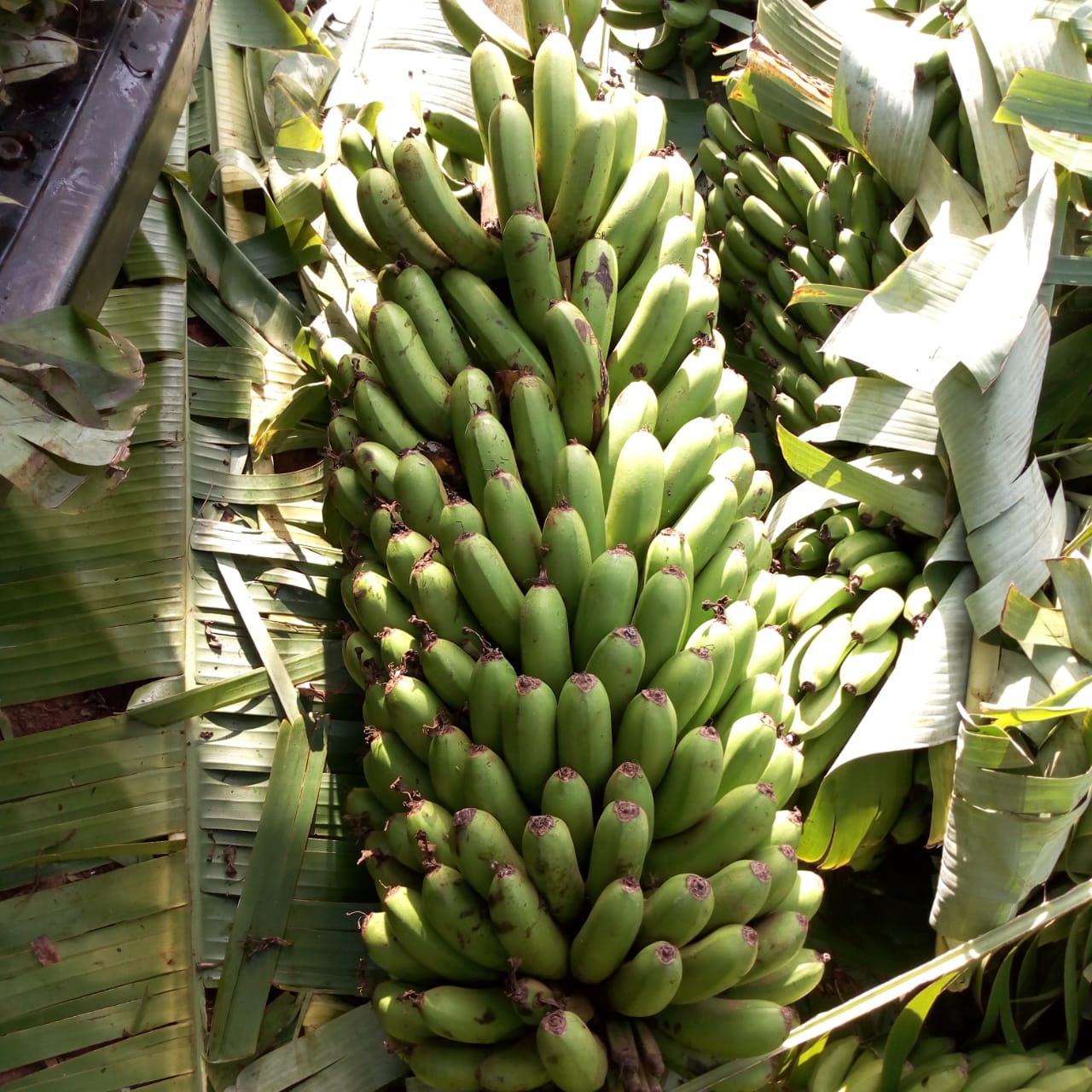 Farmers setting their nets for a catch. Photo: Farm Africa.
Farmers setting their nets for a catch. Photo: Farm Africa.
Fish production in Kenya has for long been heavily reliant on wild fish in Lake Victoria which accounts for 76 per cent of fish production in the country but stocks, particularly of tilapia are dwindling setting stage for a potential market for fish pond farmers to bridge the biting shortage.
According to a 2016-2019 report by Farm Africa under Kenya Market-led Aquaculture Programme (KMAP), demand for fish in Kenya is increasing rapidly due to population growth, rising incomes and increased awareness about the nutritional benefits of fish.
However, there is a need for boosting fish production in ponds to help protect Lake Victoria’s strained resources, offer the population a sustainable source of fish and provide fish farmers with reliable incomes.
Experts assert that Kenya has a far greater capacity for fish farming, with over 1.14 million hectares potentially available to enable a production capacity of over 11 million tonnes per year.
In addition, to promote fish farming, the government of Kenya between 2009 and 2012 built an estimated 48,000 fishponds across the country.
RELATED CONTENT: Why fish production is declining in Kenya
RELATED CONTENT: Former accountant builds multi million fish hatchery
RELATED CONTENT: Liquid Telecom Kenya’s IoT network enables fish farmers to monitor ponds and increase production
According to KMAP report, access to high-quality, affordable inputs like fish feeds and fingerlings can boost fish yields by up to 100 per cent, and is key to enabling fish farmers to grow their businesses.
Last year, Kenya’s Victory Farms, a fish production firm based in Kisumu, announced plans to construct a 10,000 metric tonnes tilapia hatchery to increase the fish production and boost food security.
This is after some farmers were reportedly still using fish stocks which are genetically similar or inferior to wild or undomesticated stocks due to unavailability of quality seed.
Write comment (0 Comments)




 A harvested green banana bunch. Moseti started with 50 stems, but the number has multiplied as more suckers spout and mature. Photo, Zablon Oyugi.
A harvested green banana bunch. Moseti started with 50 stems, but the number has multiplied as more suckers spout and mature. Photo, Zablon Oyugi.










